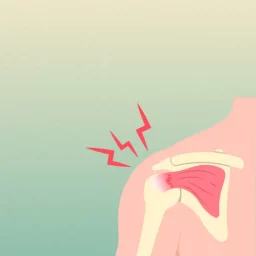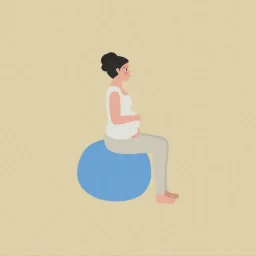Do sleeping positions matter?
Sleeping is very important to our bodies’ function, especially during recovery. During sleep, our body has the chance to regenerate and heal from all the stressors it deals with in a day. But what if you aren’t getting the most out of your nightly sleep? A common question in our clinics is the best way to sleep and why sleeping positions can often lead to ailments. Mattresses and pillows should be comfortable but also supportive of your body. This blog will help determine what is best depending on the position you usually sleep in.
The Back Sleeper
Sleeping on your back is the best position to sleep in to distribute your weight evenly and not overload one side more than the other. When supported correctly, this position also helps to maintain the natural curves of your spine. When sleeping on your back, it is important to have a pillow that is firm enough to support your head and the curve of your neck. If you experience a lot of tension in your low back and have trouble relaxing the muscles then it is helpful to put 1-2 thin pillows under your knees while you sleep to create a slight bend in the knees and naturally relax the lumbar spine.
The Side Sleeper
We all love to curl up in a ball when we sleep, but there are a few things to remember and be mindful of when sleeping on our side. Use a pillow that is firm and dense enough to fill the gap between your head and your shoulder so that your head isn’t tilted up or down when you are sleeping. With a firm pillow, it should also eliminate the need to sleep on your arm. If you are pregnant, you will most likely find sleeping on your side to be the most comfortable position. Put a pillow or blankets between your knees to keep your hips parallel and in line with each other for optimal spinal support so you can have a good night’s sleep.
The Front Sleeper
This is the least ideal sleeping position, however, if it is the most comfortable for you then there are some things to remember. Put a pillow under your hips to help limit the extension of your lumbar spine when lying on your stomach. Try to switch which side you turn your neck to when sleeping, by alternating sides each night to avoid imbalances of neck musculature. Use a very thin pillow for your head to limit extension in your neck which could be caused by a thicker, more dense pillow. If you need more advice on which pillow is best then check out our previous blog here.
Regardless of which position you find it most comfortable to sleep in, make sure you are getting adequate amounts of sleep. Adults should get 7-9 restful hours per night to ensure optimal function throughout their day. If you have any questions about sleep or pillows, please talk to one of our healthcare providers at CURAVITA. You can visit our website to book an appointment or call our Glebe location at 613-237-9000 or Byward location at 613-860-8600.

















[…] Sleeping on your back can be painful for people suffering from low back pain. Placing a cushion under your knees while you are on your back will help remove some of the pressure off your low back. Find out more tips for different sleeping positions here. […]
[…] Rest – while it is good to stay active if possible, it also makes sense to take things easier the first few days. If a certain motion or activity exacerbates your neck pain, then avoid or limit that movement until the neck has more time to heal or you see your chiropractor. […]
[…] share their expertise in other aspects of prenatal care from stretches and exercises safe for mom, sleeping positions, pillows, and postural corrections to keep you balanced and pain-free. To book your appointment […]